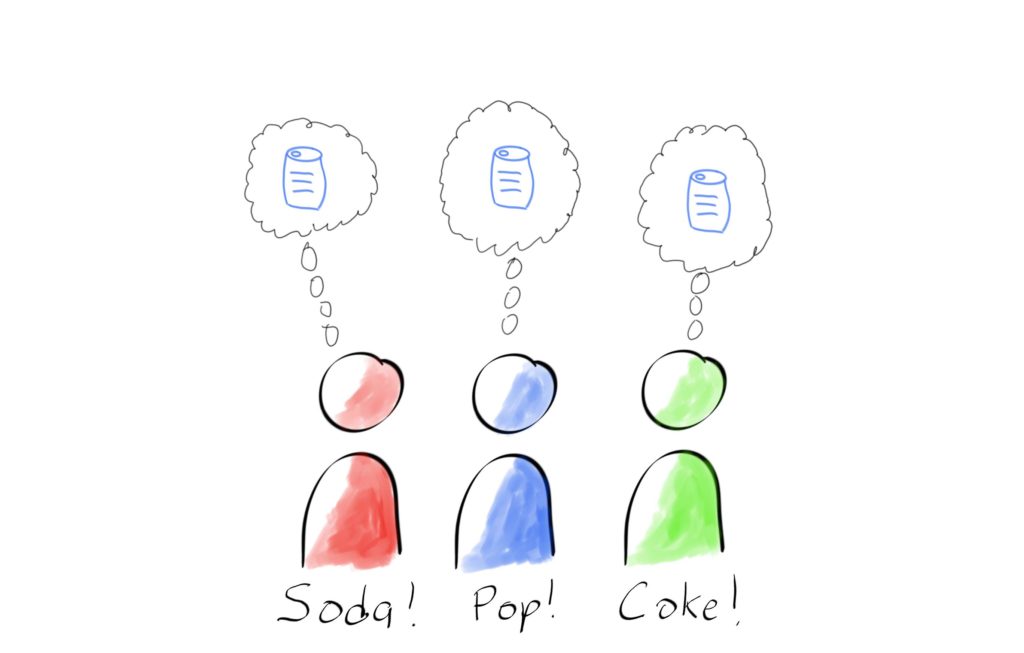I am a lifelong learner. And as a lifelong learner, I tend to subscribe to various podcasts, lectures, and classes online. The other day, I was listening to a class I purchased from Udemy created by a gentleman who lives in Scotland.
In one section, he wanted the listeners to envision things that make them happy. As an example, he took some time to paint a mental picture of sitting by the fireplace on a cold day, on his favorite chair, reading a book, drinking a warm drink, wearing a comfortable wool jumper.
Being from America, I needed to pause for a second. Did he say what I thought he said? A Jumper? The vision I had in my head was completely different than the vision he was trying to create. Being that I was mowing my lawn at the time, I had to ponder what he said for a bit.
Once I got into the house, I was able to confirm what a jumper is in Scotland. In Scotland, a jumper is a sweater, while in America, a jumper is a dress worn over a shirt or blouse. This just reinforces how imprecise words can be. Understanding what a jumper is in Scotland might seem trivial, but this shows how easy people can be misunderstood.
The imprecision of words come from the fluidity of language. English, like every other language, is contently changing, adapting, and evolving. Different areas can use different words for the same thing. Growing up in the Midwest, we always referred to a carbonated sugary drink as a Pop. While working with graduate students from the east coast, I heard the same drink called a Soda. While working in South America, everyone referred to it as a Coke.
The imprecision of words isn’t a big issue when participating in face to face conversation. If I had had been in a classroom with the teacher instead of listening online, my facial expressions would have most likely alerted him that I didn’t understand. One or two quick questions and we would have come to a common understanding. (And most likely a quick laugh).
The imprecision of words can become a much bigger deal when we assume understand in a one-way conversation, like this article. While I’m writing this, I have a clear idea of what I’m trying to say and the point I’m trying to get across. I’m looking at the words I write through the lens of my understanding. You, as the reader, are reading this through a completely different lens. So how can we help bridge this possible gap? By using stories.
“Storytelling is the most powerful way to put ideas into the world today.” –Robert McKee
Since the teacher in the video painted a mental picture of what makes him happy, I was able to confidently assume what he was referring to, even though I never heard a sweater referred to as a jumper. If, on the other hand, he had just referred to the jumper without the story to clarify it, I wouldn’t have taken this a completely different way (and wondered about his clothing preferences)
Telling a story doesn’t always need to be done with words, pictures and drawings can be used. Being educated as an engineer, I learned quickly that picture and diagrams are more effective ways to communicate an idea than a lengthy specification. The old phrase, a picture is worth a thousand words is as true today as when it was first said.
Storytelling helps confirm common understanding. It helps others to understand your intent without having to rely on only the words you use. We all have specific sayings and phrases we use that other may or might not know. Stories don’t need to be long, just a few sentences or a picture or two to build common understanding can help.
So how did I do? Did my stories help make the point? Let me know.
Feature Image from https://www.freeimages.com

